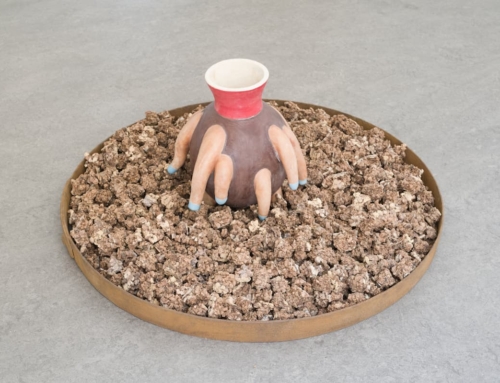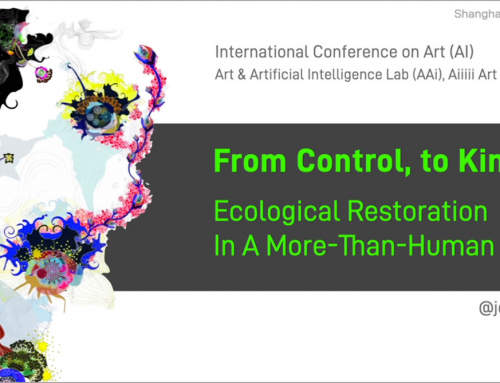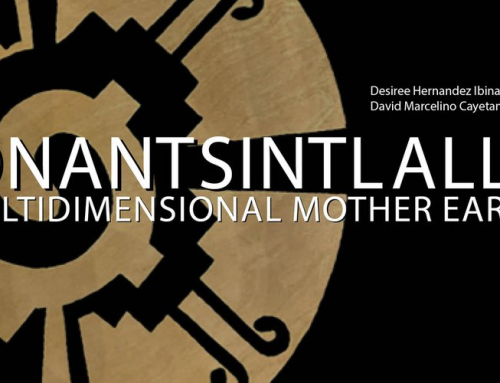(In December 2002 I chaired a seminar in London, organised by the Design Council, which brought together 100 academics, designers and business people to discuss: “how to get the most out of academic design knowledge”. Here are some half-formed thoughts (Philip Tabor) on the points that arose)
Designers and companies tend to understand ‘design research’ as:
– technology scoping
– market research
– product development
– trend forecasting
Most of the academics at the meeting said that these activities were not “research” as they understood the term.
Other kinds of value can be created by design research. Among these:
– knowledge about new processes and methods – to the extend that they can be documented and codified. People running large organisations generally value process innovations more than outcomes. But this is not a uniquely academic research activity: internet service companies like Sapient, and management consultants, do process innovation all the time.
– case studies and best practices: everyone wants them, but there’s a difficulty: a “best practice” is hard to document or make ‘objective’. Practices, by definition, are rooted in a social and technological context.
– Intellectual Property Rights (IPR): old-thinking companies want it, but an obsession with IPR stifles innovation.
– reflection, criticism, and evaluation of bigger picture: these lofty activities are badly needed, and are traditional tasks for academe. The problem arises: how to share the insights so gained with people on the front line whose attitudes and behaviours we want to modify?
– develop new business models: business school academics were active in this field during the early dot.com boom: remember “pure-play” business concepts? Nearly all these platonic concepts failed – precisely because they were not rooted in a context.
– develop new ways of working: the same proviso applies. Academic research can draw our attention to new ways of working (or “WoW” as Philips’ Josephine Green called it) – but I’m sceptical that academic research, by itself, can innovate methods out of context.
– understand people and communities: my tolerance for engineers and social scientists who claim to “understand people” is so low that I pass on this one.
– identify un-met needs and desires: the concept of an “un-met need” raises an equally large number of epistemological questions. That, too, is for another time.
It’s worth noting, too, that there is no single “design process”. Those words were used by different people to describe different steps:
– action research – iterative design in which build > trial > evaluate > learn > build repeat, continuously;
– scoping the domain – to identify broad-brush drivers and dilemmas;
– framing the initial question – on the basis that questions are more powerful than answers;
– assembling the actors – with an emphasis on the inclusion of people formerly known as users;
– obtaining resources – the process of designing and drafting project proposals, setting up projects, and co-coordinating them, is complex and very time-consuming;
– co-ordination and facilitation – the Sloan Business School’s Centre for Co-ordination Science (sic) reckons that coordination should be allocated 30% of time and money resources in many projects – but never is;
– sharing results – will never happen if left to the end of the project.
If I reflect, after the meeting, on success factors for design research, four of these stood out for me:
– locate at least part of the project in a real-world context. I heard no convincing examples of purely theoretical design research.
– Design research should involve the innovative re-combination of actors among the worlds of science, government, business, and education.
– If the results (and value) of design research are to be shared effectively, communication and dissemination methods need to be designed (and budgeted) in at the start.
– there’s an urgent (and so far not visible) need to develop peer-to-peer methods for research and investigations.
The list of barriers to the effectiveness of design research to emerge from the meeting was longer:
– limits of design knowledge; its epistemology (C Frayling);
– difficult to capture/represent – and thus share – a process;
(processes are often tacit and social, not objective);
– divergent ways of working (WoW);
– inadequate access to, or knowledge of, who is doing what;
– impoverished stores, or more properly flows, of knowledge and experience
– IPR/ownership issues stifle sharing;
– institutional constraints (professional associations, disciplinary divisions);
– funding bodies are too slow, too mono-disciplinary;
– lack of ways to measure effectiveness (Jamie Oliver story).
Conclusion
It was not clear to me, after the meeting, what the academy can or should do, that business cannot. I’m not persuaded that pure reflection, for example – “shelf ware”, as wittily described by Rachel Cooper – can be effective, or meaningful, if it is divorced from practice. I also fear that stores of knowledge, put together by academic researchers, may be less useful – remembering the recent failures of knowledge management – than flows of knowledge. I also wonder whether academia can, or should, deliver the just-in-time-research that fast-moving industries seem to need.
In the end, it is probably not a matter of either-or (academic vs. worldly research) – but of both-and. But even a both-and conclusion raises tricky issues. Systematic collaboration between academics and practitioners implies institutional and attitudinal transformation. Does this transformation process need to be designed?
On this last point, I was fascinated to read a paper by Yochai Benkler, Professor of Law at New York University, about Linux and the nature of the firm. Free software, or open source software, is a fifteen-year-old phenomenon in the software world. But, according to Benkler, free software, although the most visible, is one example of a much broader social phenomenon, commons-based peer production – a new mode of production in the digitally-networked environment.
http://www.benkler.org/CoasesPenguin.html
The central characteristic of this new mode of is that groups of individuals successfully collaborate on large-scale projects following a diverse cluster of motivational drives and social signals – rather than market prices or managerial commands.
This would be a worthy subject for a follow-up meeting.
See also my piece, Does your design research exist? at
http://www.doorsofperception.com/In+the+Bubble/details/50/




